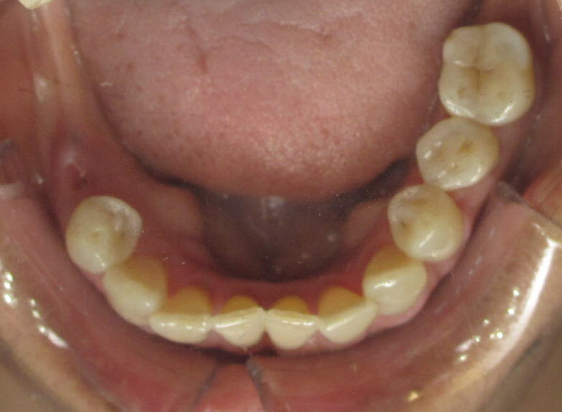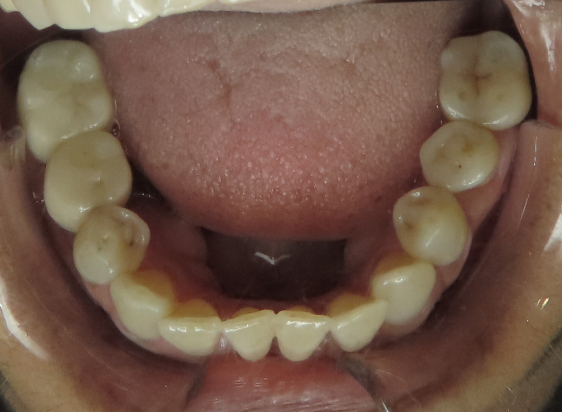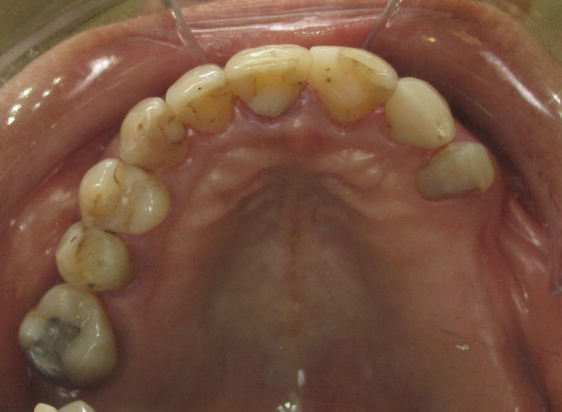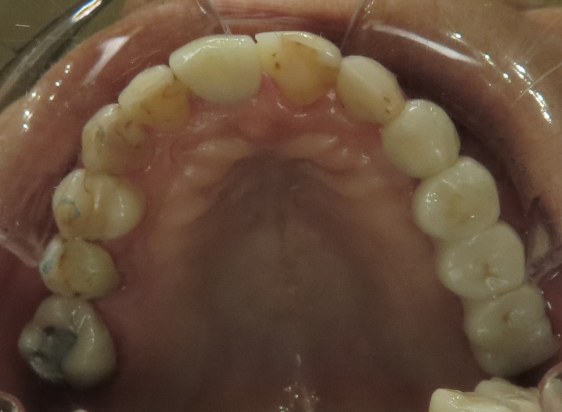Why Choose Dental Implants
Dental implants have become an increasingly popular choice because of their effectiveness, convenience, durability, and ability to be inserted without damaging adjacent teeth.
Dr. Ed Wong, of Apple Dental Implant Centres, discussing options for replacing missing teeth on CTV’s Ask an Expert.
The Difference Dental Implants Can Make




* These photos are of actual patients at Apple Dental Implant Centre who gave their permission for their photos to be used. These photographs are examples only and do not imply any certainty of the result of a procedure, and all outcomes are subject to the circumstances of the individual patient.

Top Five Reasons For Considering Dental Implants
Restore The Comfort And Pleasure Of Eating
Replacing a missing tooth with dental implants can give you back the joy of eating normally again.
Stop Bone Loss
Implants are inserted directly into the bone, stimulating and contributing to the health of the surrounding bone, preventing bone loss and ensuring that the appearance of your face and smile.
Permanent And Durable
Since they’re inserted directly into the bone, they are secure and strong and will serve you as well as your natural teeth.
Attractive And Natural Looking
Colour, shape, and size are all uniquely measured and matched, to give you the best possible fit and function.
Replaceable
If for some reason it became necessary to replace the crowns attached to your implants, this can be easily and painlessly done by your dentist, as simple as unscrewing the old crown and screwing on the new crown.
A Convenient One-stop Dental Implant Location
From single tooth replacement, to full-mouth replacement, our team at Apple Dental Implant Centre use techniques and technologies, all available in-house, to provide you with your new permanent teeth.
Dental Implants
Single, Multiple, Full Arch Fix Prosthesis, Implant Over Dentures.
Oral Surgery
Our periodontist provides prevention, diagnosis, and treatment services for gum disease.
Sedation Services
Sedation services for patients who need help in feeling relaxed and comfortable.

